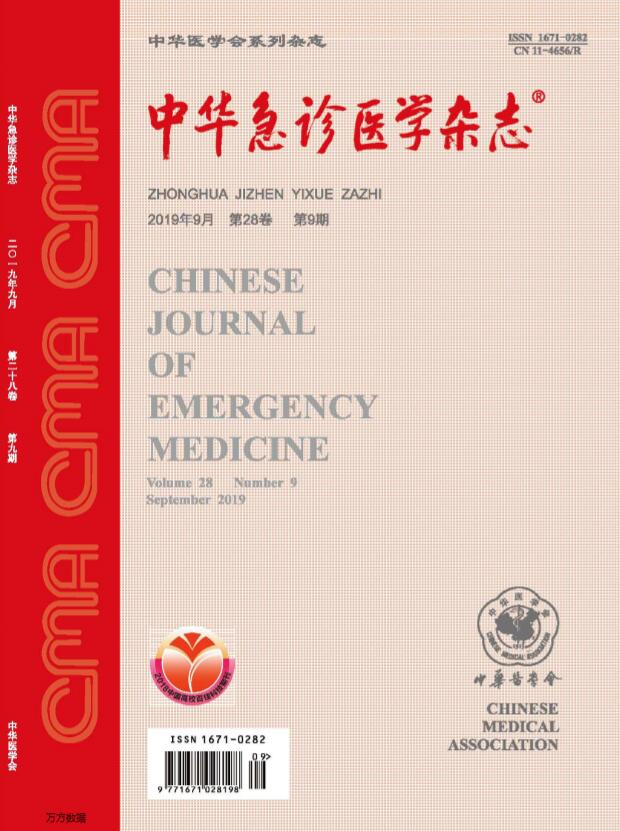除草剂除草剂百草枯急性中毒43例临床观察
Q4 Nursing
引用次数: 1
摘要
目的分析以百草枯为标志的急性除草剂中毒患者的临床特点与预后的关系。方法对2015年6月至2018年8月江苏省8所医院急诊科收治的急性百草枯中毒患者进行多中心回顾性临床研究。结果共收集43例患者(男22例,女21例),中毒高峰年龄为20~39岁。中毒的唯一途径是摄入。在这些病例中,自杀是最常见的中毒原因,占90.70%。在急诊治疗中,洗胃、血液灌流和糖皮质激素的组成比例分别为87.50%、72.50%和42.50%。随访后总死亡率增加到60.00%,住院死亡率为18.60%。毒性剂量<50mL的患者死亡率为11.11%。结论以“地枯”为商业成分的急性除草剂中毒发生率正在逐渐上升。目前,死亡率非常高。摄入中毒剂量是影响预后的关键因素,口服剂量>50mL的患者预后较差。关键词:百草枯;除草剂;急性中毒;多中心;回顾性研究本文章由计算机程序翻译,如有差异,请以英文原文为准。
Clinical observation of 43 cases of acute poisoning caused by herbicide marked diquat
Objective
To analyze the relationship between clinical characteristics and prognosis of patients with acute herbicide poisoning marked diquat.
Methods
A multi-center, retrospective clinical study of patients with acute diquat poisoning admitted into Emergency Department was conducted from June 2015 to August 2018 in 8 hospitals in Jiangsu Province.
Results
A total of 43 patients (22 males and 21 females) were collected and the peak age of poisoning ranged 20-39 years old. The only route of poisoning was ingestion. Among these cases, suicide was the most common cause of poisoningaccounting for 90.70%. In emergency treatment, the constituent ratios of gastric lavage, hemoperfusion and glucocorticoid were 87.50%, 72.50% and 42.50%, respectively. The total mortality increased to 60.00% after follow-up, while the in-hospital mortality was 18.60%. The mortality of patients with toxic dose < 50 mL was 11.11%.
Conclusions
The incidence of acute herbicide poisoning with "diquat" as commercial component is gradually increasing. At present, the mortality is very high. Ingestion poisoning dose is the key factor affecting prognosis, and the prognosis of patients with oral dose > 50 mL is poor.
Key words:
Diquat; Herbicide; Acute poisoning; Multi-center; Retrospective study
求助全文
通过发布文献求助,成功后即可免费获取论文全文。
去求助
来源期刊

中华急诊医学杂志
Nursing-Emergency Nursing
CiteScore
0.10
自引率
0.00%
发文量
8629
期刊介绍:
Chinese Journal of Emergency Medicine is the only national journal which represents the development of emergency medicine in China. The journal is supervised by China Association of Science and Technology, sponsored by Chinese Medical Association, and co-sponsored by Zhejiang University. The journal publishes original research articles dealing with all aspects of clinical practice and research in emergency medicine. The columns include Pre-Hospital Rescue, Emergency Care, Trauma, Resuscitation, Poisoning, Disaster Medicine, Continuing Education, etc. It has a wide coverage in China, and builds up communication with Hong Kong, Macao, Taiwan and international emergency medicine circles.
 求助内容:
求助内容: 应助结果提醒方式:
应助结果提醒方式:


